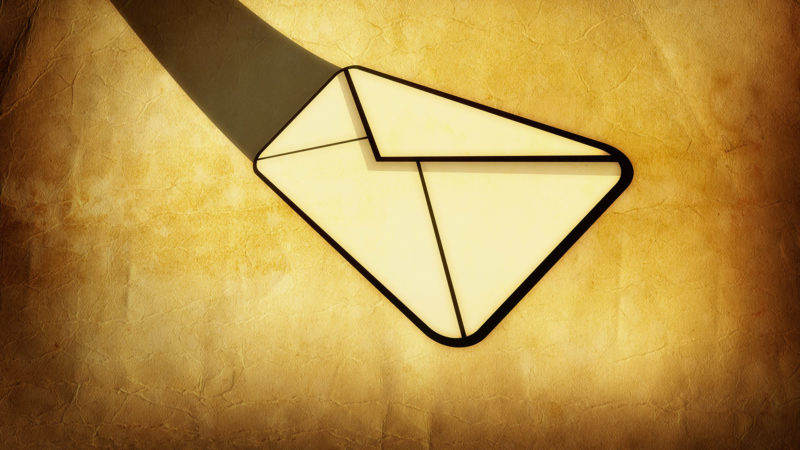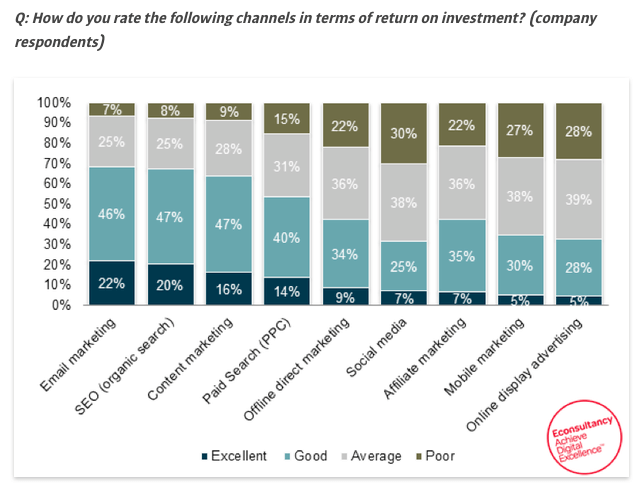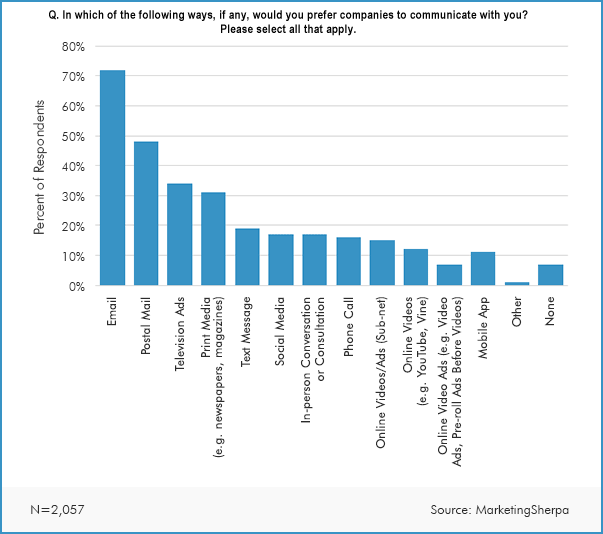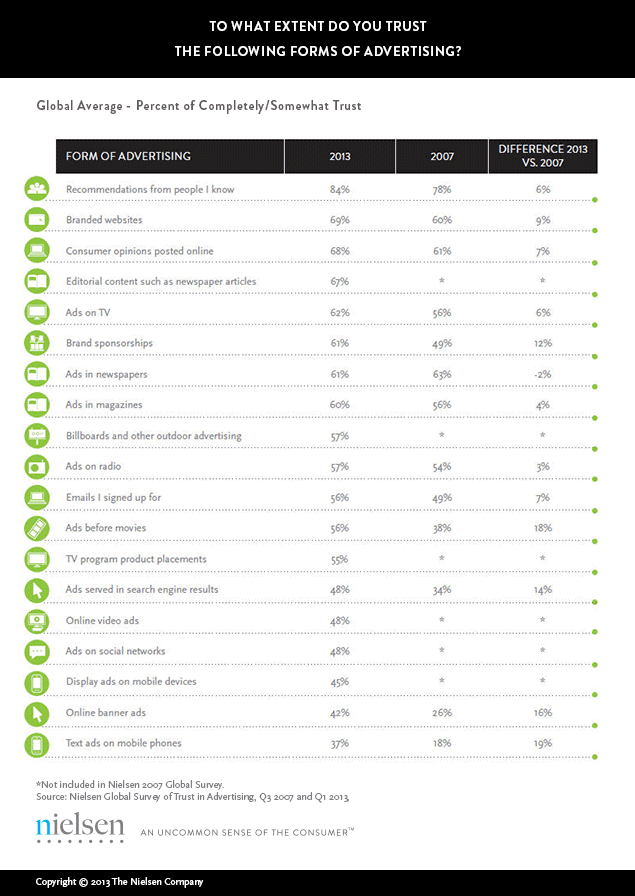Deliver more value to the inbox: 4 dos and don’ts
Email is digital marketing's tried and true workhorse. But that doesn't mean you can keep doing what you've always done. Contributor Cynthia Price shares tips for engaging consumers with email in the current environment.

Email offers the best return on investment when compared with every other digital discipline, with 68 percent of marketers surveyed by Econsultancy rating it either “excellent” or “good” at delivering ROI. But far too many brands aren’t seeing that kind of return in the inbox because they’re not taking advantage of everything email has to offer.

Gartner reports that customer experience is the new battleground for marketers seeking to attract and retain customers. When you send an email with the right message to the right customer at the right time, that experience helps forge a lasting connection that leads to more brand loyalty (and more sales).
If you’re not seeing the kind of ROI you’d like, it might be time to step back and see if any of these tried-and-true lessons can add value to every email you send.
Do: Get personal.
Don’t: Send the same boring email to your entire list.
If something is created just for you, you’re much more likely to engage with it — period. That’s why personalized emails drive six times higher transaction rates for brands, according to Experian. Yet the company also found that 70 percent of companies are still failing to personalize email content.
Whether it’s something as simple as adding your recipient’s name to a subject line or more advanced like using dynamic content to tailor copy and images for each individual, a personal touch helps your brand send highly relevant, targeted emails that show customers you care. From nurturing new subscribers to delighting existing customers, personalized email gives recipients a reason to engage with your content at every step of the buyer’s journey.
If you’re not sure where to begin, segmenting your audience based on customer data like location and purchase history is a great first step. This kind of data-driven approach will help you go from one-size-fits-all email blasts (gross) to super-charged, personalized marketing messages.
Do: Inform and delight your customers.
Don’t: Constantly push unwelcome sales messages.
Sales and marketing have come a long way in recent years. Instead of solely relying on the annoying cold call, brands now have the ability to engage on their customers’ preferred terms. For many, that’s email.
It’s the preferred method of communicating with businesses for nearly 70 percent of internet users, according to a Marketing Sherpa study.

However, that doesn’t mean that every email you send to customers should contain a sales message. The most successful brands win their customers’ trust by acting as a resource, not an infomercial. Sending tips, exclusive insights and educational content creates an inbox experience that subscribers genuinely look forward to. They’ll be less likely to unsubscribe, and you’ll be top of mind when it’s time to buy.
Do: Tell better stories with visuals.
Don’t: Turn an email into a novella.
When subscribers open your email, you only have a couple of seconds to give them a reason to keep reading. The secret? Go light on copy. Instead, tell your story visually with compelling images.
From news announcements to sales promotions, save the details for a landing page. Images and visually stunning email templates make strong impressions on readers from the start. A 2012 Skyword analysis of published articles found that total views increased by 94 percent if an article contained a relevant photograph or infographic, when compared to articles without an image in the same category.
Try this simple test: Visualize your email completely without supporting copy. If your message still comes across from just scanning your headlines, images and calls to action, then you’re on the right track.
Do: Deliver user-generated content.
Don’t: Discount your brand’s greatest advocates.
Let’s say you’re visiting New Orleans for the first time. You know that a friend recently posted an Instagram from a restaurant in the city with a caption about having the best meal of her life. If you passed that restaurant and recognized the name, would you be interested in eating there? Or would you try the place across the street you’ve never heard of?
The choice is simple — and savvier marketers know it. That’s why user-generated content (UGC) has become an increasingly valuable marketing tool, and why your customers’ social posts might have a valid claim to some real estate in your next email campaign. The data back it up: A whopping 84 percent of people in a Nielsen survey say they trust recommendations from people they know, and brand communications are much less trusted.

If you aren’t yet collecting UGC, here are a few tips to get started:
- Create and promote a hashtag specific to a campaign or product.
- Browse existing hashtags and keywords that customers might already be using to describe your brand.
- Offer incentives for community members who agree to share content about your brand.
- Integrate live social feeds to continually refresh content and maintain readers’ interest.
If you can align your prospects’ personal experiences and interests with the content that arrives daily in their inboxes, the value of your messages will increase exponentially (along with the ROI of your campaigns). But if you’re not listening to your audience and tailoring your strategy accordingly, then you won’t truly unlock the full potential of your email program.
Contributing authors are invited to create content for MarTech and are chosen for their expertise and contribution to the search community. Our contributors work under the oversight of the editorial staff and contributions are checked for quality and relevance to our readers. MarTech is owned by Semrush. Contributor was not asked to make any direct or indirect mentions of Semrush. The opinions they express are their own.
Related stories